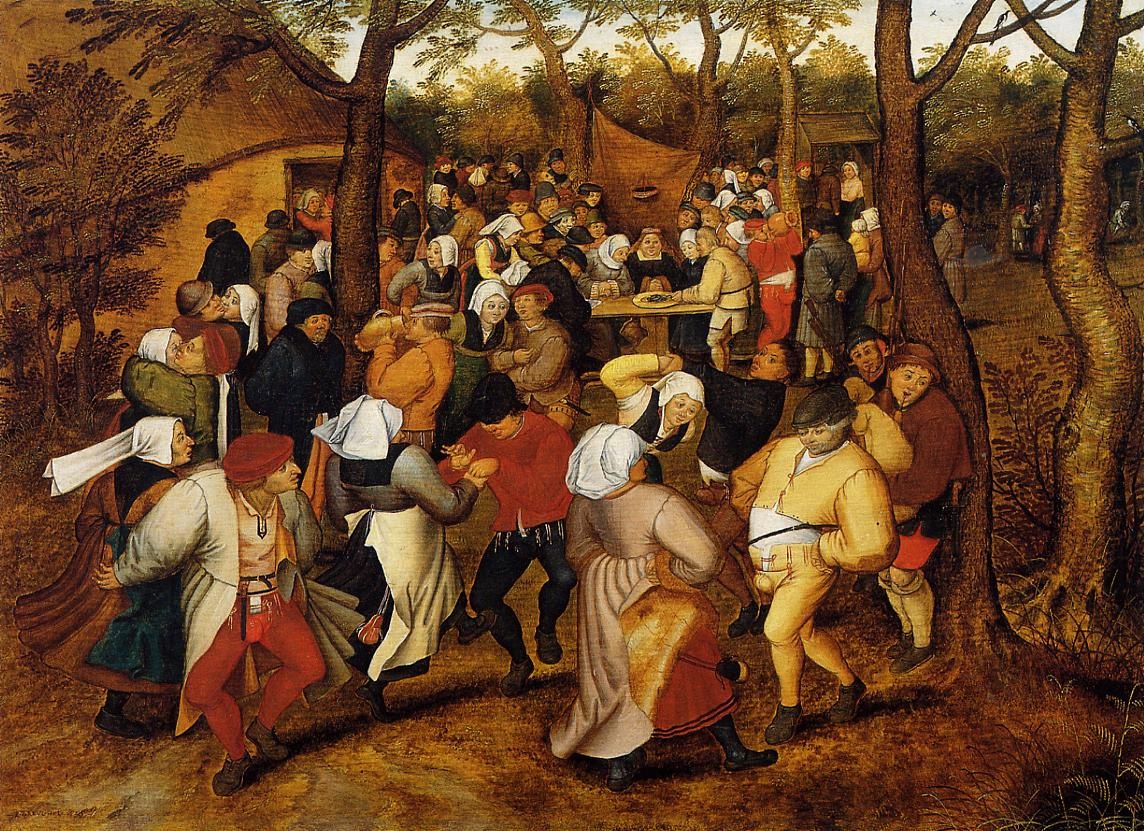Tap Outside Communities for Innovations
This is one of our free-to-access content pieces. To gain access to all Ideas for Leaders content please Log In Here or if you are not already a Subscriber then Subscribe Here.

While companies, especially larger companies, invest a significant slice of their budgets on R&D, researchers are demonstrating that breakthrough innovation and ideas often come from outside the organization — specifically from communities of product users and amateurs in the field. For Wharton professor of management Ethan Mollick, a leading authority on the topic, Apple’s App Store is the latest example of the power of user communities.
Ethan Mollick, the Edward B. and Shirley R. Shils Assistant Professor of Management at the Wharton School of the University of Pennsylvania, has conducted extensive research on how user communities — product users and informal groups of amateurs — contribute to the development of innovative products. Apple’s App Store is perhaps the most famous example of the collaboration between company and user that Mollick has studied, although there are many other examples.
The App Store, however, is a sterling case because the process could easily have taken a completely different turn. As described in a February 2013 article for Wharton’s Nano Tools platform (see further resources below), the iPhone did not feature an App Store for the first year it was on the market. Users, however, found “semi-legal” ways of creating free apps that could run on the new technology. Instead of diligently prosecuting these “hackers,” Apple decided to allow them to sell their products through the App Store — a decision that with the benefit of hindsight proved vital to the resounding success of the iPhone.
There are other examples, less well-known perhaps than the iPhone but just as effective. For instance, Mollick cites InnoCentive, a spin-off from Eli Lilly that deliberately uses a network of more than 270,000 scientists to find innovative solutions to complex problems. As documented by Mollick and other researchers, the evidence continues to mount that business leaders who ignore the contribution of product users and fans are potentially undermining the future success of their companies.
How can businesses successfully emulate companies like Apple and Eli Lilly in leveraging the creativity and engagement of their product users? Mollick offers a series of steps to follow:
The best companies will always have great innovators in their ranks. But that is no excuse for neglecting the creativity, perspective and insight that can come from the dedicated fans of your product or service.

Ideas for Leaders is a free-to-access site. If you enjoy our content and find it valuable, please consider subscribing to our Developing Leaders Quarterly publication, this presents academic, business and consultant perspectives on leadership issues in a beautifully produced, small volume delivered to your desk four times a year.

For the less than the price of a coffee a week you can read over 650 summaries of research that cost universities over $1 billion to produce.
Use our Ideas to:
Speak to us on how else you can leverage this content to benefit your organization. info@ideasforleaders.com